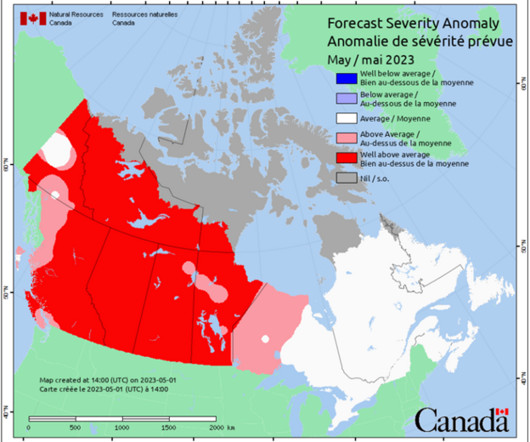Increase Community Resilience for Extreme Cold Emergencies
CCEM Strategies
JANUARY 11, 2024
It can result in power outages, transportation disruptions, and, most critically, could pose serious health risks to people. Like many other hazard types, being prepared to respond to extreme cold requires an understanding of where these events can occur, the associated risks, vulnerable populations, and effective response strategies.











Let's personalize your content